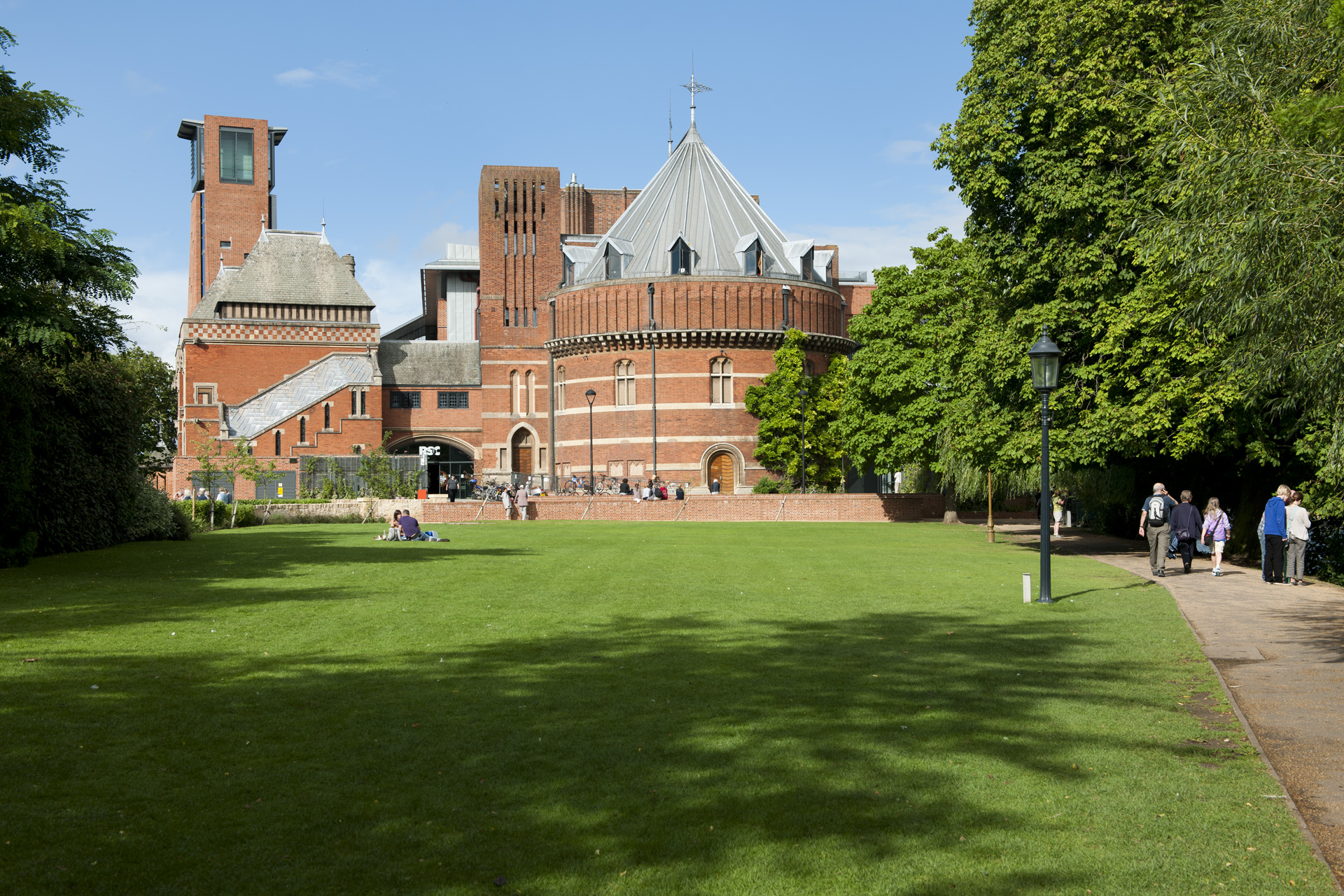Sustainable Growth for Historic Places
This latest volume of Constructive Conservation shows the many ways in which historic buildings can contribute to job creation, business growth and economic prosperity. It explains what can be achieved when Historic England is among a multi-disciplined problem-solving team taking a positive and collaborative approach to conservation and managing change.
By demonstrating our philosophy of Constructive Conservation in action, these case studies emphasise the balance between understanding significance and accommodating necessary alterations to ensure the continued use and enjoyment of historic buildings, monuments and landscapes.
Download the publication
Please click on the 'Learn more' button below to find out more about the Constructive Conservation publication and to download it in PDF format. Please note that the volume was published under our former name of English Heritage.
Inspiration
The examples given in Sustainable Growth for Historic Places should provide inspiration for developers, architects and planners alike. Six sections provide cases from across England ranging from housing and retail developments, hotels, stations and transport interchanges, and even a hydropower facility.
The publication includes several new developments in historic areas or additions to historic buildings. Here good urban design which responds to the surrounding built form and materials is critical. Tibby's Triangle in Southwold and the new Western Concourse at King's Cross illustrate the importance of high quality contemporary architectural design.
Constructive conservation also is an inherently sustainable philosophy that makes use of the embodied energy that has already been consumed in the construction of a building. Modernising and reusing historic buildings also contributes to supporting local distinctiveness in the built environment.
This approach is embodied in the Centre of Refurbishment Excellence in Stoke-on-Trent which is housed in a converted Victorian pottery factory, which was formerly derelict. It has been converted into a training centre for the construction industry promoting techniques for the sustainable construction of new buildings and the refurbishment of England's huge stock of mainly Victorian, Edwardian and 1930s housing.
Heritage Works
This edition of Constructive Conservation is a companion to Heritage Works: the use of historic buildings in regeneration. Where Constructive Conservation provides the inspiration, Heritage Works is a toolkit of good practice in the reuse of historic buildings from the British Property Foundation, Deloitte, the Royal Institute of Chartered Surveyors and Historic England.
Further reading
The Constructive Conservation philosophy is underpinned by Conservation Principles: policies and guidance for the sustainable management of the historic environment published in 2008. This codification of our best practice ensures consistency across our professional conservation advice and enables developers and architects to see the basis on which we make judgements.
Further inspiration can be found in:
- Valuing Places: good practice in conservation areas (2011)
- Constructive Conservation in Practice (2008)
- The England-wide Shared Interest (2006)
- The London-based Capital Solutions (2004)





